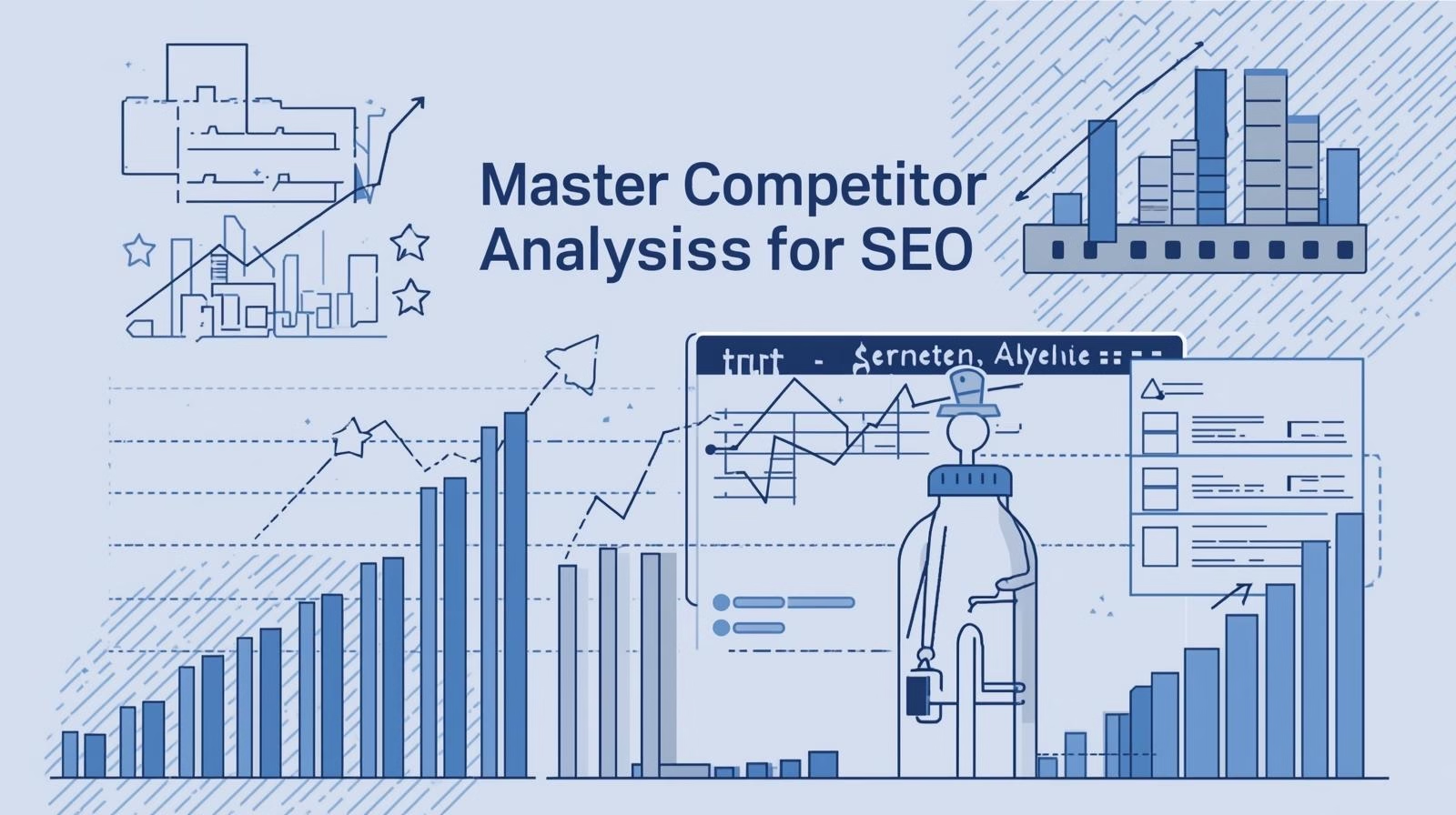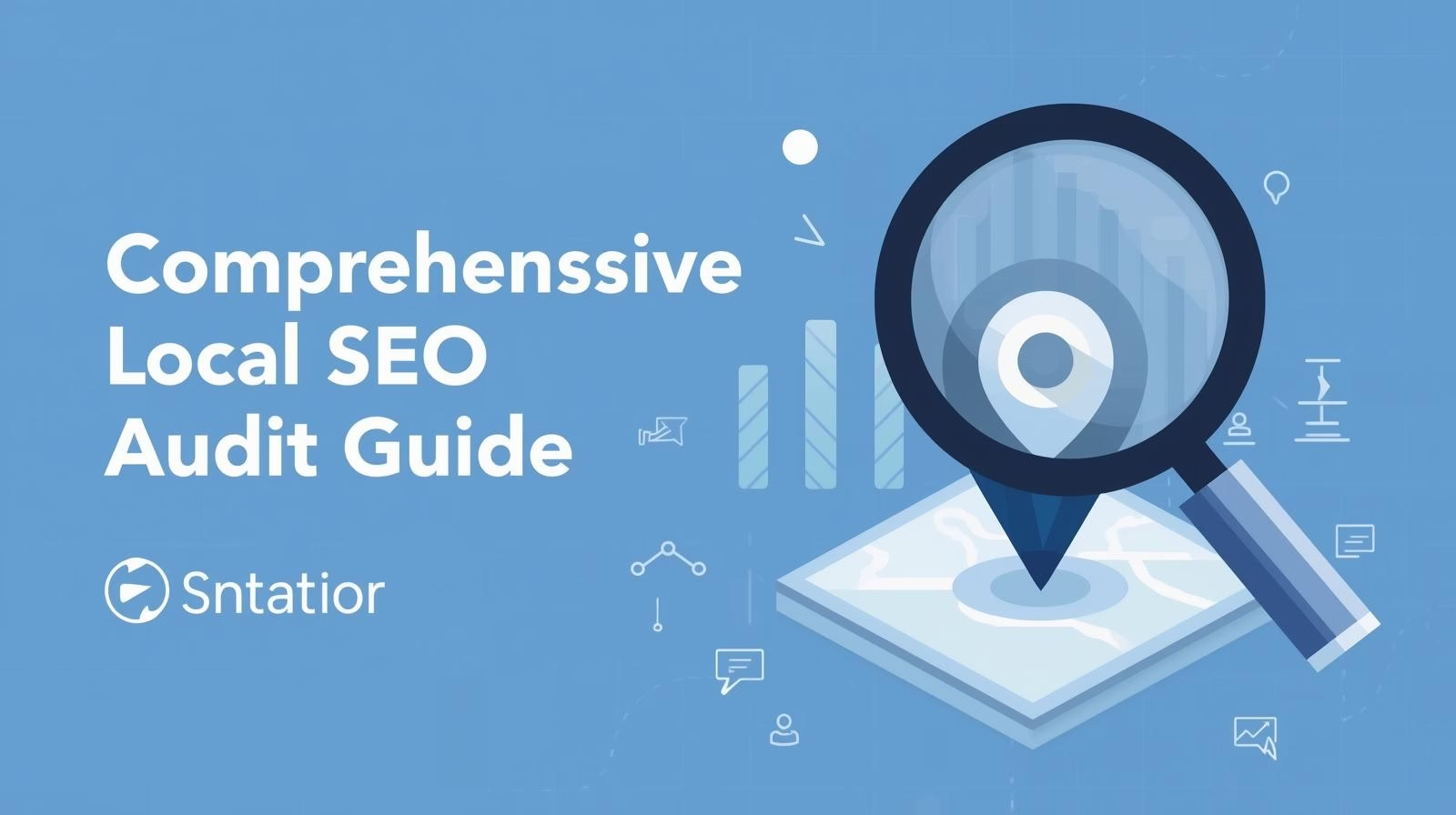Ever wondered how your competitors are ranking higher than you on Google? Chances are, they’re not just lucky they’re strategically targeting the right keywords. Competitor keyword analysis is your secret weapon to uncover those exact keywords and craft a smarter SEO strategy.
In this guide, you’ll learn what competitor keyword analysis is, why it matters, and how to perform it step-by-step using both free and paid tools. By the end, you’ll know how to find your competitors’ top-performing keywords and use them to grow your organic traffic and visibility.
What Is Competitor Keyword Analysis?
Competitor keyword analysis is the process of identifying the keywords your competitors rank for in search engines. It helps you understand which keywords drive traffic to their websites, allowing you to spot opportunities, refine your content strategy, and outsmart them in the SERPs.
Think of it as peeking behind the curtain instead of guessing what works, you’re learning directly from what’s already working for others in your niche.
When done right, competitor keyword analysis helps you:
Discover keyword gaps you’re missing.
Understand your competitors’ content strategy.
Find high-intent keywords that lead to conversions.
Save time and money by targeting proven keywords.
Why Competitor Keyword Analysis Is Crucial for SEO
If SEO were a race, keyword analysis would be your fuel. And competitor analysis? That’s knowing which path leads to the finish line fastest.
Here’s why it’s essential:
Reveals profitable keyword opportunities
Instead of guessing, you see which keywords bring real traffic to your competitors.Helps identify content gaps
You can uncover topics your competitors cover that you haven’t yet giving you fresh content ideas.Improves your ranking strategy
By targeting similar or related keywords, you can create more authoritative and optimized content.Saves research time
Instead of starting from scratch, you build on existing successful strategies.
Step-by-Step Guide: How to Do Competitor Keyword Analysis
Let’s break down the process into clear, actionable steps.
Step 1: Identify Your True Competitors
Not every business in your niche is your SEO competitor. Some might offer similar products but target different audiences.
To find your real SEO competitors:
Search your target keywords on Google.
Look at the top 10 results these are your organic competitors.Use tools like Ahrefs, SEMrush, or Ubersuggest.
Enter your domain, and they’ll list domains competing for the same keywords.Check similar content topics.
Websites publishing similar blog content are likely competing for your search visibility.
Pro tip: Focus on competitors with similar domain authority or slightly higher they’re your most realistic benchmarks.
Step 2: Use SEO Tools to Uncover Competitor Keywords
Now comes the fun part discovering which keywords your competitors rank for.
You can use: Free and paid keywords research tools
Free Tools:
Google Keyword Planner – Check what keywords drive traffic to competitors.
Ubersuggest – Enter a competitor domain to see their top-ranking keywords.
Ahrefs Free Tools – Offers limited but valuable keyword data.
Paid Tools:
SEMrush: Great for keyword overlap reports and traffic insights.
Ahrefs: Best for analyzing keyword performance and backlinks.
SpyFu: Specializes in competitor PPC and organic keyword tracking.
These tools reveal not just keywords, but also:
Search volume
Traffic potential
Keyword difficulty
Top-ranking pages
Step 3: Analyze Competitor Keyword Performance
Once you have a list of keywords, don’t just copy them. Analyze them critically.
Look for:
High search volume + low competition – Easier wins.
Long-tail keywords – Less competitive and often conversion-focused.
Keywords ranking in positions 4–10 – You can potentially outrank them.
Also, check which pages rank for those keywords. Are they blogs, landing pages, or product pages? This tells you what type of content performs best.
Example:
If a competitor’s “How to start a blog” post ranks #3 for “best blogging tools,” you can create a more comprehensive guide targeting the same keyword cluster.
Step 4: Find Keyword Gaps and Opportunities
Keyword gaps are the goldmine of competitor research. They’re the keywords your competitors rank for but you don’t.
Tools to use:
Ahrefs “Content Gap” Tool
SEMrush Keyword Gap Tool
By identifying these gaps, you can target untapped opportunities that drive new organic traffic.
Example:
If your competitor ranks for “SEO checklist for beginners” and you don’t, that’s a content gap worth filling.
Step 5: Evaluate Keyword Intent
Not all keywords bring valuable traffic. You must understand why users search for them.
The main types of keyword intent are:
Informational: Users want knowledge (e.g., “what is keyword analysis”).
Navigational: They’re looking for a specific site (e.g., “Ahrefs login”).
Transactional: Ready to buy (e.g., “buy SEO tools online”).
Commercial: Considering options (e.g., “best keyword research tools”).
Prioritize keywords with commercial and transactional intent to attract potential customers, not just readers.
Step 6: Build a Smarter Content Strategy
Now that you know your competitors’ best-performing keywords, it’s time to create better content.
Here’s how:
Group keywords by topic – Build topic clusters for SEO strength.
Create content that outperforms competitors – More depth, visuals, and updated info.
Optimize on-page elements – Title tags, headings, and internal linking.
Track performance regularly – Use Google Search Console and Ahrefs to measure ranking progress.
Step 7: Monitor and Refine Over Time
Competitor keyword analysis isn’t a one-time task. SEO landscapes change constantly.
Set a schedule to review competitors every 3–6 months. Track new keyword trends, content updates, and ranking shifts to stay ahead.
Use automation tools like SE Ranking or Ahrefs Alerts to receive updates when competitors publish new content or gain backlinks.
Common Mistakes to Avoid
Copying competitors blindly – Always add your unique value and insights.
Ignoring search intent – Ranking for the wrong intent wastes traffic potential.
Overlooking long-tail keywords – They often drive higher conversions.
Failing to update analysis regularly – SEO is dynamic; your strategy should be too.
Conclusion
Competitor keyword analysis isn’t about imitation it’s about inspiration. By understanding what’s working for others, you can craft a smarter, data-driven SEO strategy that attracts more organic traffic and outranks your competition.
Start today by analyzing your top three competitors and uncovering their winning keywords. With consistency, insight, and great content, you’ll soon be the one others are analyzing.
FAQs About Competitor Keyword Analysis
1. What is the best tool for competitor keyword analysis?
Ahrefs and SEMrush are top choices for in-depth data, while Ubersuggest and SpyFu are excellent budget-friendly options.
2. How often should I do competitor keyword research?
Ideally, review your competitors’ keywords every 3–6 months to track changes in rankings and new opportunities.
3. Can I find competitor keywords for free?
Yes. Tools like Google Keyword Planner, Ubersuggest, and Ahrefs’ free version can give you basic insights without cost.
4. What’s the difference between keyword research and competitor keyword analysis?
Keyword research finds what users are searching for. Competitor keyword analysis reveals which of those keywords already drive traffic to competitors.
5. How do I use competitor keywords for my website?
Integrate them into high-quality content, optimize on-page SEO, and focus on outperforming your competitors’ search intent.


